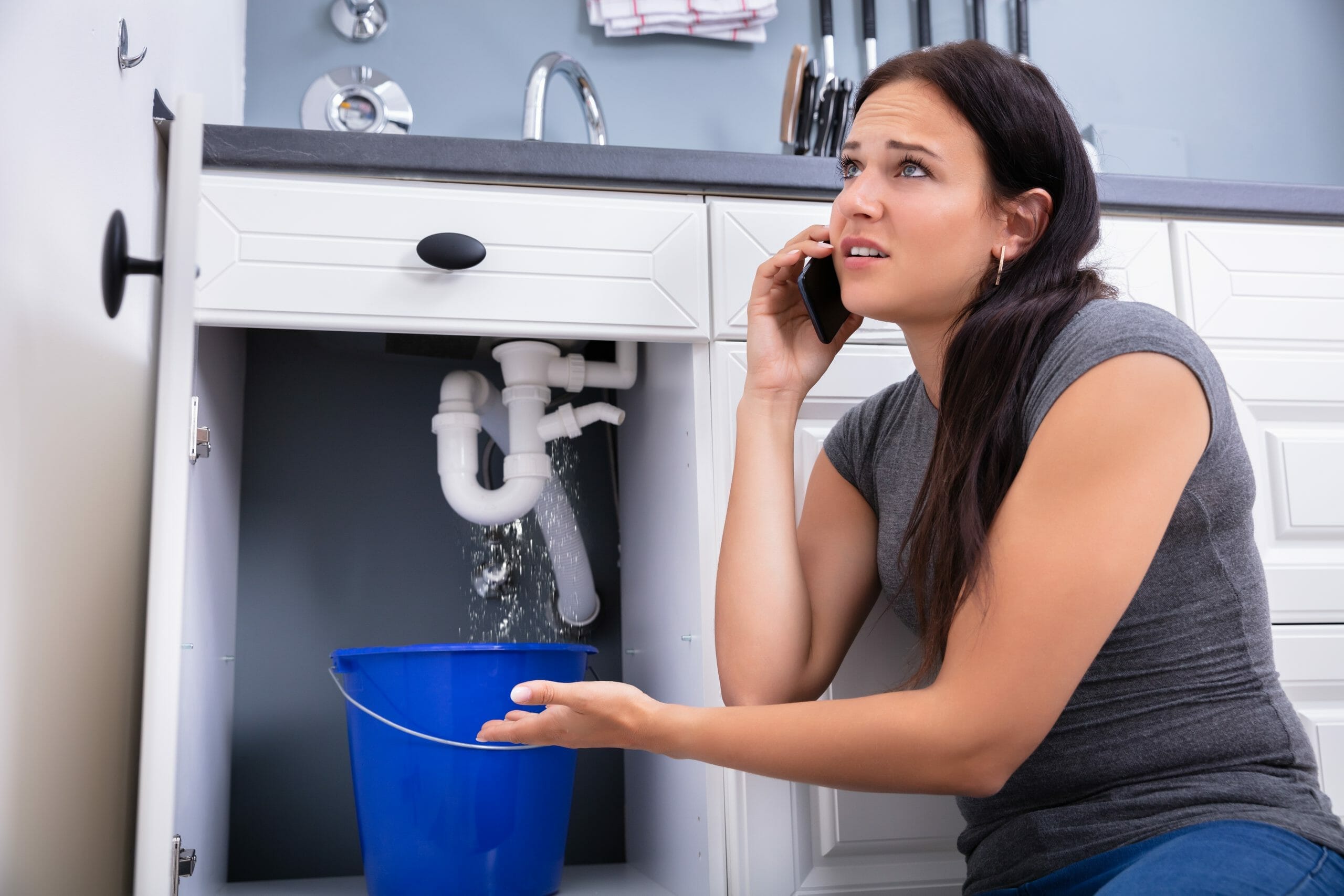Ford or Chevy? Coke or Pepsi? Larry Bird or Magic Johnson? Ask any number of people on a given day, and they will have an opinion on which is better. The same holds for tankless water heaters versus the traditional tank type. Most everyone familiar with these two methods for heating water will have an opinion and rationale on which is preferable. This type of direct comparison may not be fair to either product, though, especially in the residential market. It may be beneficial to think in terms of comparing apples to oranges when it comes to water heaters. This is to say that each has specific characteristics as well as advantages and disadvantages that vary depending on individual installation requirements. Some of these differences will be discussed below in hopes that the reader will become informed enough to make the best choice for their needs.
Choosing a Tankless Water Heater
First, we will look at some of the positives of having a tankless water heater. Continuous flowing heated water is one. It is possible to run two to three fixtures simultaneously and not lose hot water. This means someone could fill a bathtub while doing their laundry and washing dishes simultaneously without decreasing the water temperature. Another plus is a consistent water temperature. Most manufacturers offer a digital temperature control on their units for this purpose.

The Downside of A Tankless System
These systems also heat the water only when there is a demand, eliminating the need for a standing pilot light and constant gas usage. Now let’s look at some of the negatives to continuous flow water heaters. The installation costs tend to be more than that of the traditional tank variety. This is because on-demand models are designed to operate on a ¾” gas supply line,whereas the others are set up for a ½” gas supply line. Therefore, it is necessary to resize the gas line, which is added labor and cost. Another additional cost is the yearly maintenance required for tankless units. They should be flushed out with specific cleaning solutions and checked for efficiency annually. Lastly, is the need for an electrical outlet.
A Regular Tank Water Heater
It seems pretty evident that not every person has the exact installation requirements. In the last post, the topic of discussion was the benefits and detriments of the point-of-use heater. This time out, we will cover the pros and cons of using a traditional tank-style heater. Let us start by touching on the positives of this method of heating water.

Comparing The Prices of Tankless and Regular Tank Water Heaters
One benefit is that the initial installation cost will be less. This is especially true if one is looking to replace an existing unit of the same kind. Since the traditional sort uses a ½” gas supply and the other type needs a ¾” supply, one would not have to resize the gas line when replacing, which will cut costs. Another asset to keep in mind is the lower repair expense incurred with the traditional type. Parts tend to be less expensive and more readily available, which is also a plus. Although it is worth noting that if one’s water heater is ten years old or older, replacing the whole unit may be more beneficial than repairing it.
Another pro to having a tank-type heater is not immediately apparent. If there is an emergency, one can use that stored water for cleaning or even drinking. This could be a valuable resource during some hardships. Despite these advantages, there are some disadvantages as well. One of them being the 70% usable water capacity.
This means that if you have a 40-gallon unit, you will have 28 gallons of hot water able to be used and 12 gallons of cold before the tank is emptied. This same scenario can affect filling large bathtubs. Depending on the size of the tub, one may find themselves taking a bath with much colder water than they had hoped.
Finally, there is the fact that tank-type water heaters heat water constantly, which requires constant gas usage and possibly a higher gas bill. We hope this information helps when choosing a method for heating water in a residence or commercial building.



